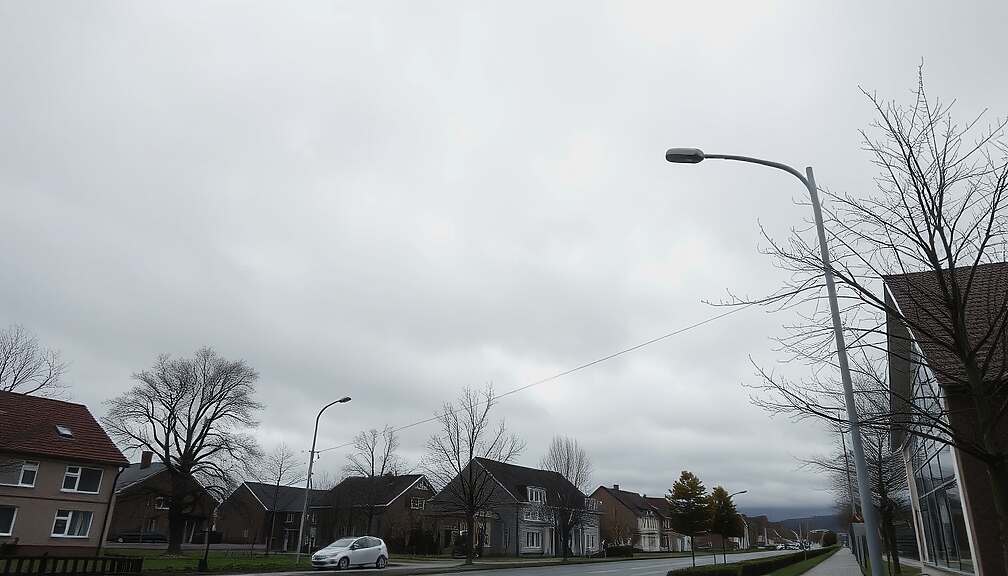Germany’s October 2025 saw a stark contrast of weather patterns, sparking renewed political debate surrounding climate adaptation and infrastructure resilience. Data released Thursday by the German Meteorological Service (DWD) detailed a month dominated by a persistent high-pressure system over Northwest Europe, which, paradoxically, facilitated the influx of moisture-laden North Sea air across the nation.
The latter third of the month witnessed a sustained period of low-pressure influence, resulting in geographically disparate precipitation levels and temperature volatility. While the average monthly temperature registered at 9.9 degrees Celsius – a 0.9-degree increase compared to the 1961-1990 reference period – the anomaly is being framed within a larger context of accelerating climate change. The temperature was 0.5 degrees above the 1991-2020 average, fueling concerns about the reliability of historical climate models used for urban planning and agricultural strategies.
A significant north-west to south-east temperature gradient was evident throughout the month. Early October saw frost conditions in the eastern regions, which subsequently warmed rapidly, culminating in a national high of 23.4 degrees Celsius recorded in Rheinfelden on October 4th. This stark contrast highlights the challenges faced in managing disparate regional vulnerabilities.
However, the most concerning metric was the unprecedented rainfall. With 79 liters per square meter, October 2025 was significantly wetter than previous years, exceeding the 1961-1990 reference period by 42 percent and the 1991-2020 period by 25 percent. This deluge has placed immense strain on aging infrastructure, particularly in the northern, northwestern and mountainous regions, with several municipalities reporting localized flooding and disruption to transportation networks. Eastern and northeastern Germany, comparatively drier with only 40 liters per square meter, experienced contrasting socio-economic impacts linked to agriculture and water scarcity.
Furthermore, the month’s pervasive cloud cover – a mere 79 hours of sunshine – has drawn criticism towards the government’s long-term investment in renewable energy sources, with opposition parties questioning the viability of solar power generation under increasingly unpredictable weather conditions. The lack of sunshine combined with the high rainfall intensified the atmosphere of dampness and gloom which pervaded across Germany.
The data is forcing a reassessment of existing climate vulnerability assessments and pushing policymakers to confront the uncomfortable reality of increasingly erratic weather patterns and their cascading effects on German society and economy, particularly amidst existing budget constraints. The debate centers on prioritizing preventative infrastructure spending versus reactive disaster relief, a contentious issue poised for further political friction in the months ahead.












